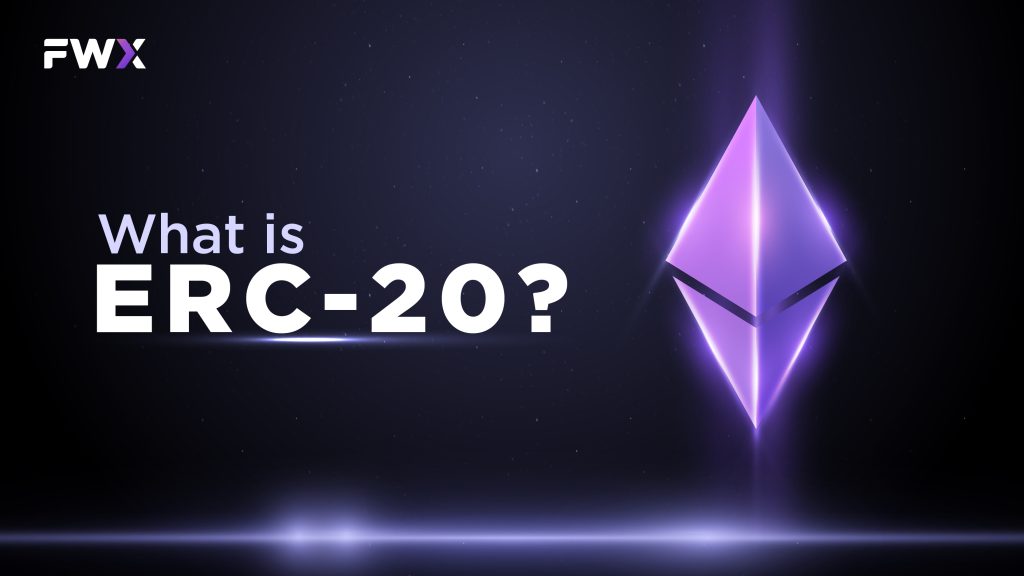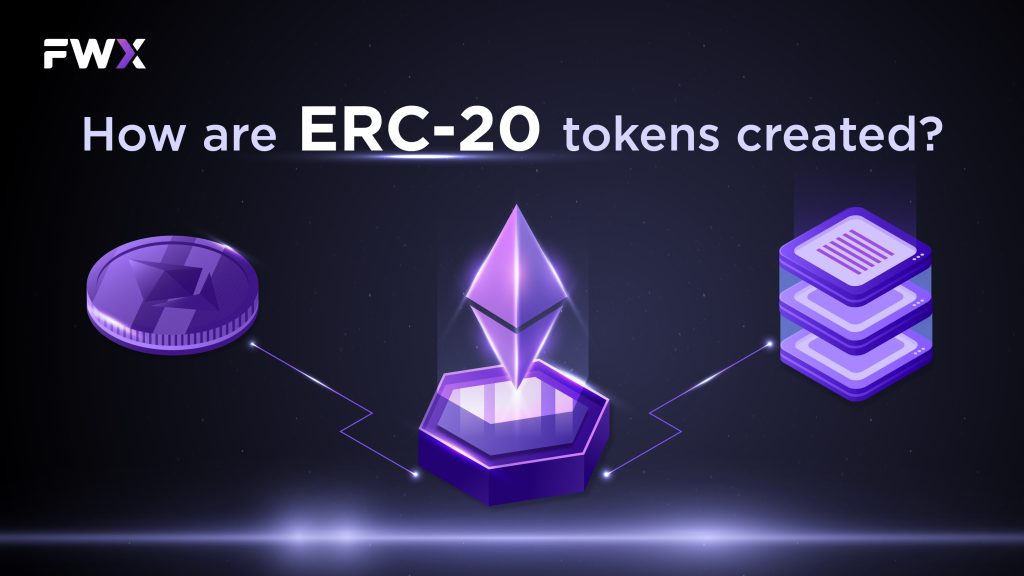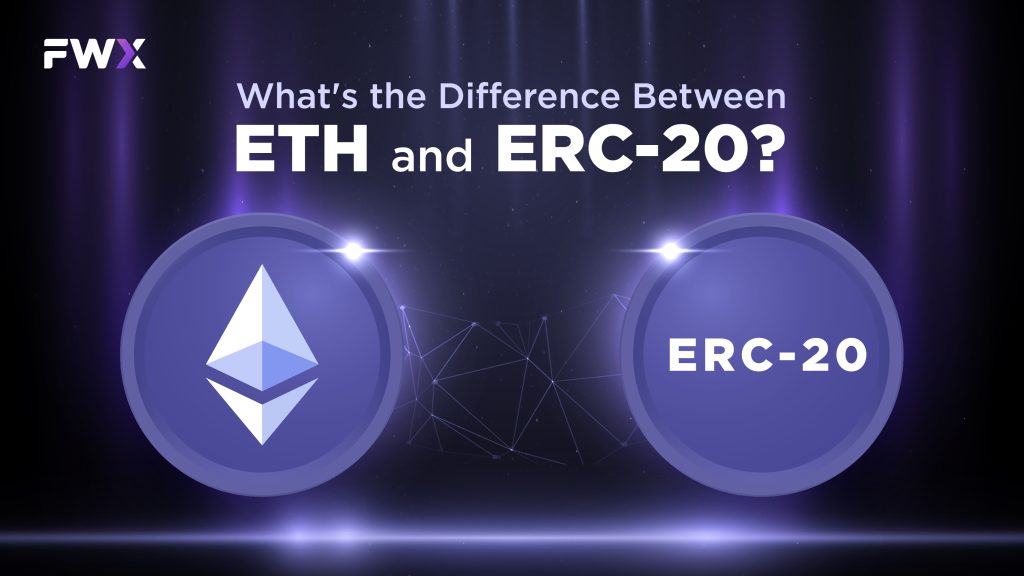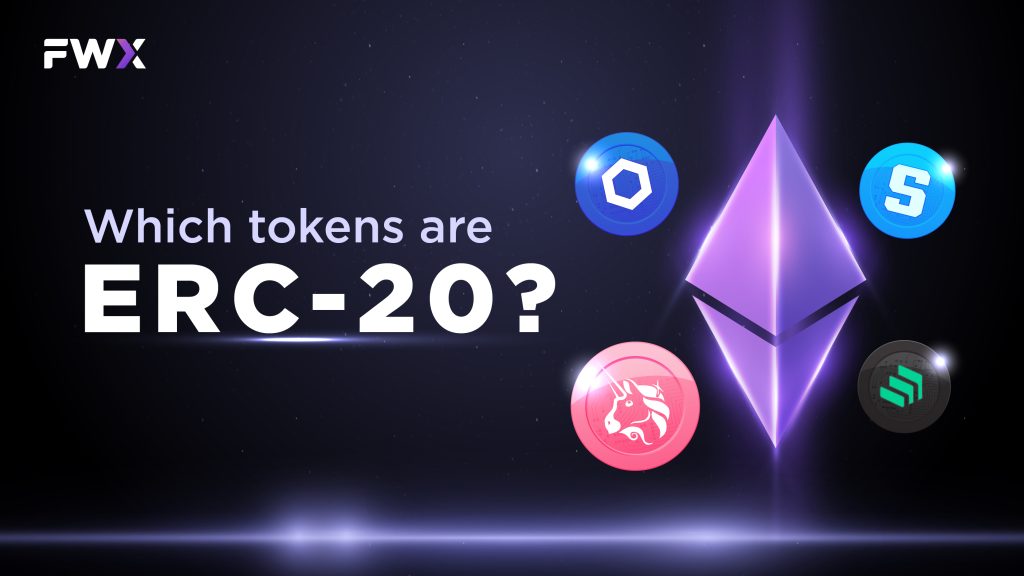This article provides an overview of ERC-20 tokens, explaining what they are, how they are created, their differences from ETH, and examples of popular tokens. It is useful for those who want to understand the basics of ERC-20 tokens and their role in the Ethereum blockchain ecosystem.
What is ERC-20?

ERC-20 is a technical standard used for smart contracts on the Ethereum blockchain. It defines a set of rules that any token on the Ethereum network must follow to enable seamless trading and transfers without causing any issues. Ethereum co-founder Vitalik Buterin introduced the ERC-20 standard in November 2015, and it quickly became the most widely used token standard on the Ethereum network.
Developers can easily create their own tokens on top of the Ethereum blockchain by following the ERC-20 standard. This makes it possible for anyone to launch their own cryptocurrency without having to build an entire blockchain from scratch. The ERC-20 standard includes six mandatory functions and three optional functions that a token contract must implement. The mandatory functions enable retrieval of the total token supply, the balance of a specific address, and transfer and approval of token transfers between addresses. The optional functions include notification of other contracts of token transfers, prevention of unauthorized transfers, and retrieval of the number of tokens that an approved spender is allowed to transfer.
Token developers can ensure that their tokens can be easily integrated with popular wallets, exchanges, and other services that support ERC-20 tokens by following the ERC-20 standard. This has promoted the widespread adoption of ERC-20 tokens and made it possible for anyone to participate in the world of cryptocurrencies, even without the technical expertise to create their own blockchain from scratch.
How are ERC-20 tokens created?

To create an ERC-20 token, one must have knowledge of Solidity, the programming language used to write smart contracts on the Ethereum blockchain.
Creating an ERC-20 token involves the following steps:
- Write a Solidity smart contract: The first step is to develop a Solidity smart contract that will define the behavior of the ERC-20 token. This smart contract will include functions for transferring tokens, checking balances, and other operations related to the token. It will also contain variables to keep track of the token’s name, symbol, and decimal places.
- Define the token’s properties: Once the smart contract is written, the next step is to define the token’s properties, such as its name, symbol, and total supply. The name and symbol are used to identify the token, while the total supply represents the total number of tokens that will be created.
- Compile the smart contract: After writing the smart contract and defining the token properties, the smart contract must be compiled using a Solidity compiler. The compiler will turn the Solidity code into a bytecode that can be executed on the Ethereum virtual machine.
- Deploy the smart contract: Once the smart contract is compiled, it needs to be deployed on the Ethereum blockchain.
- Interact with the token: Users can interact with the ERC-20 token once the smart contract is deployed. They can use various wallets and applications to send and receive tokens, check their balances, and interact with any other functions defined in the smart contract.
Moreover, creating an ERC-20 token requires other considerations such as regulatory compliance, security audits, and token economics that will affect the success of the token project.
What’s the Difference Between ETH and ERC-20?

Ethereum (ETH) is the native cryptocurrency of the Ethereum blockchain. It is used as a form of payment for transactions and to pay for gas fees, which are the fees required to execute transactions and smart contracts on the Ethereum network. ETH is a fungible token, meaning that each unit of ETH is identical and interchangeable with another unit of ETH.
On the other hand, ERC-20 tokens are a type of smart contract that follow a set of rules and standards on the Ethereum blockchain. They are used to represent assets, tokens, or coins that can be traded on the Ethereum blockchain. They are created by developers using the Solidity programming language and can be used for a variety of purposes, such as raising funds through initial coin offerings (ICOs), facilitating transactions, and creating utility tokens for specific applications.
One key difference between ETH and ERC-20 tokens is that ETH is a currency, while ERC-20 tokens rely on the Ethereum blockchain for their existence and function. ERC-20 tokens are created as smart contracts on the Ethereum network, and their value is derived from the value of the underlying asset or application they represent.
Another difference is that ETH has a fixed total supply, while the supply of ERC-20 tokens is determined by the token’s smart contract. Some tokens have a fixed supply, while others may have a dynamic supply that changes based on the rules of the token contract.
In terms of use cases, ETH is primarily used as a form of payment and for gas fees on the Ethereum network. ERC-20 tokens, on the other hand, have a wide range of use cases and can be used for anything from creating loyalty programs to facilitating cross-border payments.
Which tokens are ERC-20?

ERC-20 is a standard for creating tokens on Ethereum, with thousands of compliant tokens. They have a range of uses, such as fundraising, value exchange, and creating utility tokens.
Here are some examples of popular ERC-20 tokens:
- Tether (USDT): Tether is a stablecoin that is pegged to the US dollar. It is the most widely used stablecoin in the cryptocurrency market and is used for trading and transferring value on the Ethereum blockchain.
- Binance Coin (BNB): Binance Coin is the native cryptocurrency of the Binance exchange, one of the largest cryptocurrency exchanges in the world. It is used to pay for trading fees on the Binance exchange and is also used for other services offered by Binance.
- Uniswap (UNI): Uniswap is a decentralized exchange that allows users to trade ERC-20 tokens without the need for intermediaries. UNI is the native token of the Uniswap platform and is used for governance and liquidity incentives.
- Chainlink (LINK): Chainlink is a decentralized oracle network that provides data to smart contracts on the Ethereum blockchain. LINK is the native token of the Chainlink network and is used to pay node operators for providing data to smart contracts.
These are just a few examples of the thousands of ERC-20 tokens that exist on the Ethereum blockchain. Each token has its own unique properties, use cases, and value propositions, and investors and users should carefully research and evaluate each token before investing or using it.
Conclusion
In conclusion, ERC-20 tokens are smart contracts on Ethereum that represent assets, tokens, or coins, and are created using Solidity by developers to trade on the blockchain.
ERC-20 tokens are an important part of the Ethereum ecosystem, and there are thousands of tokens that are ERC-20 compliant. These tokens have a wide range of use cases and can be used for anything from fundraising to facilitating cross-border payments.
One of the key advantages of ERC-20 tokens is that they are easily tradable and can be stored in Ethereum wallets. This means that users can easily exchange ERC-20 tokens for other tokens or cryptocurrencies without having to go through intermediaries.
However, it is important to note that not all ERC-20 tokens are created equal. Each token has its own unique properties, use cases, and value propositions, and investors and users should carefully research and evaluate each token before investing or using it.


